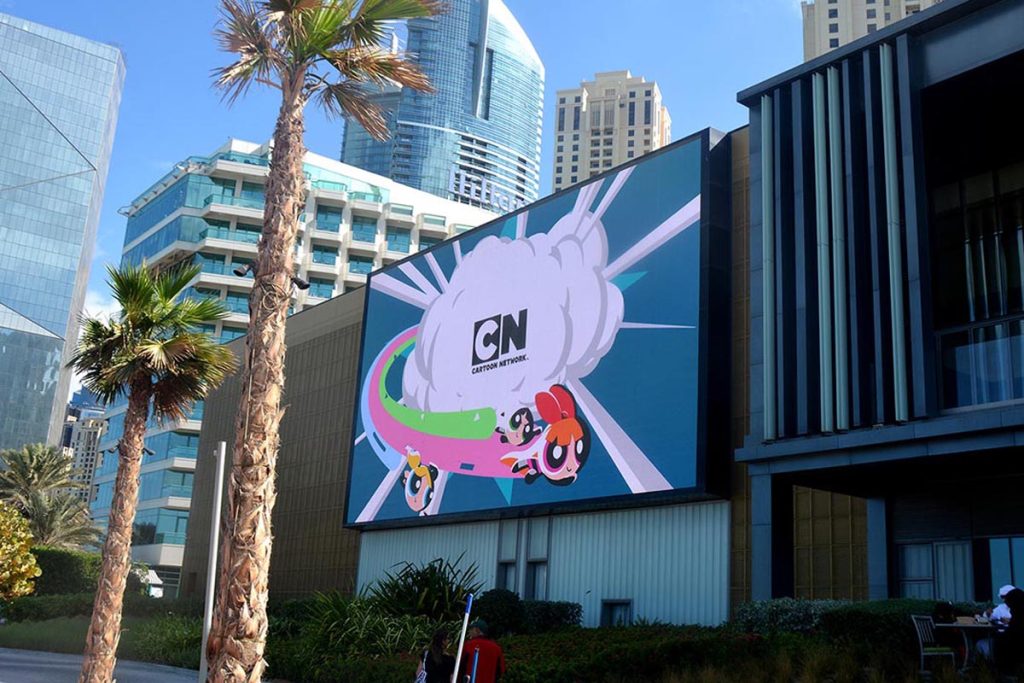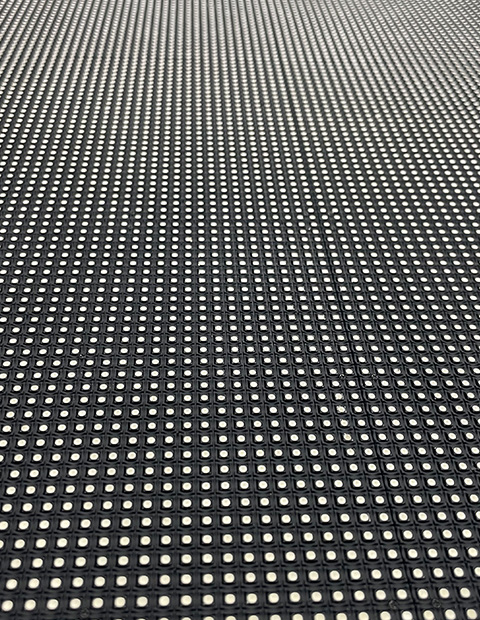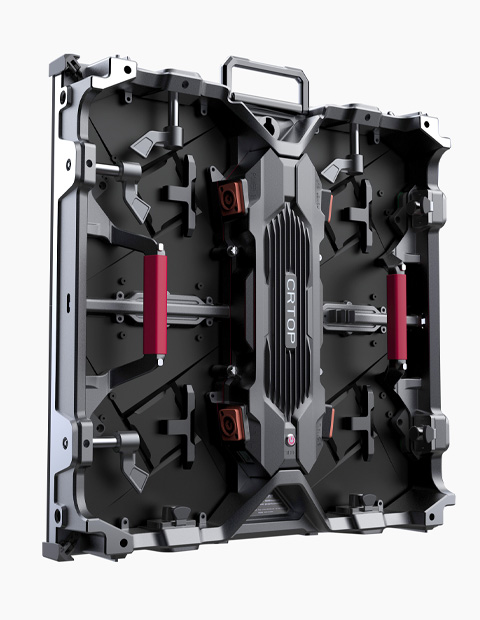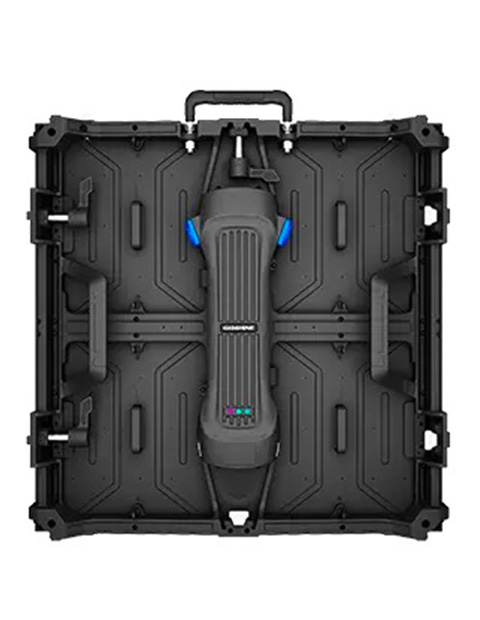In the ever-evolving field of advertising, the quest for more engaging and immersive experiences has led to the emergence of cutting-edge technologies. Among these innovations, 5D billboards have become a fascinating means of capturing the public’s attention. This blog takes an in-depth look at everything about 5D billboards.
What is a 5D Billboard?
The term “5D billboard” may sound like something out of a science fiction novel, but it’s a real and revolutionary approach to digital advertising that’s starting to make waves, especially in high-tech parks and pioneering cities around the world, including several eye-catching installations in China. Unlike traditional billboards, 5D billboards incorporate not only three-dimensional imagery, but also other sensory and interactive features to create a multi-sensory experience that includes movement, depth and even environmental integration, giving the viewer the impression of a live, dynamic scene unfolding before their eyes.
How does a 5D billboard work?
At the heart of a 5D billboard is advanced LED technology, similar to a traditional LED billboard, but with several key enhancements. With lenticular printing or advanced computer-generated imagery (CGI) technology, these billboards can be visualized in 3D without the need for special glasses. In addition, they may incorporate physical effects such as wind or mist, interactive components that respond to viewer movement or action, and even augmented reality (AR) elements, all designed to create a more immersive advertising experience.
Are China 5D billboards real?
Yes, 5D advertising billboards are not just concepts, but real functioning tools used in advertising campaigns to create stunning visual experiences. They have been deployed in selected locations to test their effectiveness and public response, with many examples showing significantly higher engagement rates compared to traditional digital billboards.
Why are 5D digital billboards better than traditional LED billboards?

Immersive Experience
5D billboards offer unrivaled immersion, making passersby feel like they are part of the scene being portrayed. Its not just about showcasing a product, its about creating an experience that surrounds and engages the viewer.
Interactivity
Interactivity is a game changer in advertising. 5D billboards can react to the presence and movement of an individual, making the advertisement not only viewable, but also experienceable and interactive.
Attractions
The novelty and technical prowess of 5D video billboards make them a powerful attraction in any environment, resulting in higher awareness and engagement for advertised brands.
| Feature | 3D LED Billboard | 5D Billboard |
| Technology | Advanced LED | Advanced LED + AR + Environmental Effects |
| Method to Realize | 3D Rendering | 3D Rendering + Interactive Components |
| Price | Moderate | High |
| Effect | High Engagement | Very High Engagement |
| Manufacturing Process | Standard | Complex |
3D VS. 5D LED Billboard
If you are already familiar with some LED display technologies and would like to see the differences between 3D and 5D LED billboards in-depth, you can refer here.
Technology
3D LED billboards utilize advanced graphics and LED technology to create visual effects with depth, allowing images to pop off or back up from the surface without the need for 3D glasses. 3D displays are achieved through techniques such as lenticular printing or the strategic use of perspective and shadows in the content displayed.
In contrast, 5D billboards incorporate not only 3D visualization, but also technologies that appeal to other senses and provide interactivity. This may include augmented reality (AR) elements that overlay digital information on the real world when viewed through a smartphone, sensors that change the display in response to the viewer’s movement, or even simulations of environmental influences such as wind, smells, or temperature changes to complement the visuals. The use of AR and environmental simulation creates a more holistic sensory experience, allowing ads to be not only seen, but felt in a variety of ways.
Methods of Realization
The creation of 3D billboard content primarily involves complex graphic design and animation techniques to create the illusion of depth. The content is then presented on an LED screen that can convincingly display these effects to the naked eye.
At the same time, 5D billboards require a multidisciplinary approach to content creation and hardware integration. For example, the development of interactive software that responds in real-time to environmental cues or viewer interactions, as well as the integration of physical devices and sensors that work in tandem with the visual display. The content of 5D billboards is not only designed to be visually immersive, but also to respond and adapt to external inputs, creating a dynamic and responsive advertising medium.
Price
5D billboards are inherently more expensive than 3D billboards due to the additional technology and complexity. The cost difference is not limited to initial setup but also includes maintenance and content creation. The complex systems that enable interactivity and environmental effects in 5D billboards require regular maintenance and potentially more frequent updates to keep the content fresh and engaging, which further increases long-term costs.
Effect
The immersive and interactive nature of 5D billboards can significantly increase viewer engagement. By engaging multiple senses and allowing the viewer to influence or become part of the advertisement itself, 5D billboards therefore create memorable experiences that can increase brand awareness and message retention. This level of interaction and immersion is difficult to achieve with traditional billboards or even 3D billboards, making 5D billboards particularly effective for campaigns seeking to make a lasting impact.
Manufacturing Process
Manufacturing 5D billboards involves not only producing high-resolution, durable LED screens capable of displaying 3D content, but also a variety of hardware and software components needed to integrate interactivity and environmental effects. You need to include motion sensors, temperature controllers, odor dispensers, and the computing hardware needed to process real-time data and adjust the display accordingly. The complexity of a 5D display system requires expertise in multiple disciplines, including electronics, software development, and multimedia design, making the manufacturing process more complex and specialized than that of traditional or even 3D LED billboards.
Why Still Choose 3D LED Billboard Technology?

While the advances in 5D billboard technology are undoubtedly impressive and provide an immersive and interactive advertising experience, there are several compelling reasons why advertisers may still choose 3D LED billboard technology. In addition to the already mentioned aspects of maturity, cost-effectiveness, easier maintenance, and wider vendor options, other factors contribute to the advertising industry’s continued relevance and preference for 3D LED billboards.
Broad Audience Acceptance
Universal Appeal: 3D LED billboards have broad appeal due to their simplicity and effectiveness in delivering content. They do not require active audience interaction or participation to appreciate the message being conveyed, making them suitable for all demographics, including those who may not be technologically savvy or interested in interactive content.
Versatility and Content Flexibility
Content Versatility: 3D LED billboards can display a wide range of content, from simple text and images to complex animations. Their flexibility allows advertisers to customize campaigns for different contexts and objectives without the complex content creation required for 5D billboards.
Proven Effectiveness
Track record of success: 3D billboards have been around for a long time and have a proven track record of capturing the public’s attention and delivering memorable messages. Proven technology and use cases give advertisers confidence in their investment, knowing that 3D billboards can deliver the desired marketing results.
Easier Content Creation
Simplified Content Creation: Creating content for 3D LED billboards is often easier and less expensive than creating the multi-sensory interactive content required for 5D displays. For campaigns with limited budgets or short timelines, prioritizing 3D technology is an important consideration.
Accessibility
Greater accessibility: Given their widespread use and acceptance, 3D LED billboards are often located in prime advertising locations with high foot traffic and visibility. 3D displays ensure that advertisements reach a wide audience, thus maximizing the impact of the campaign.
Reduced Regulatory Barriers
Regulatory Compliance: 3D LED billboards are more traditional in terms of technology and impact, and may face fewer regulatory hurdles than 5D billboards, which may involve more complex permissions due to their interactive and environmental elements, making 3D billboards faster and easier to deploy.
Environmental Considerations
Lower Power Consumption: While both 3D and 5D billboards use LED technology, the simpler nature of 3D displays typically results in lower LED display power consumption compared to 5D billboards, which require additional power to support sensors, interactive elements, and other technologies. Energy loss is an important consideration for companies concerned about environmental impact and operational costs.
Conclusion
The emergence of 5D billboards represents a major leap forward in digital technology, offering unprecedented levels of engagement and interactivity. However, when faced with the choice between 5D and 3D LED billboard technology, 3D display technology is often preferred. While 5D billboards offer a glimpse into the future of immersive advertising, 3D billboards remain the effective and easy-to-use tool of choice for creating impactful, visually compelling advertisements. GDHANHENG, as China’s leading manufacturer of LED screens, offers many innovative displays to inspire the public’s imagination.



